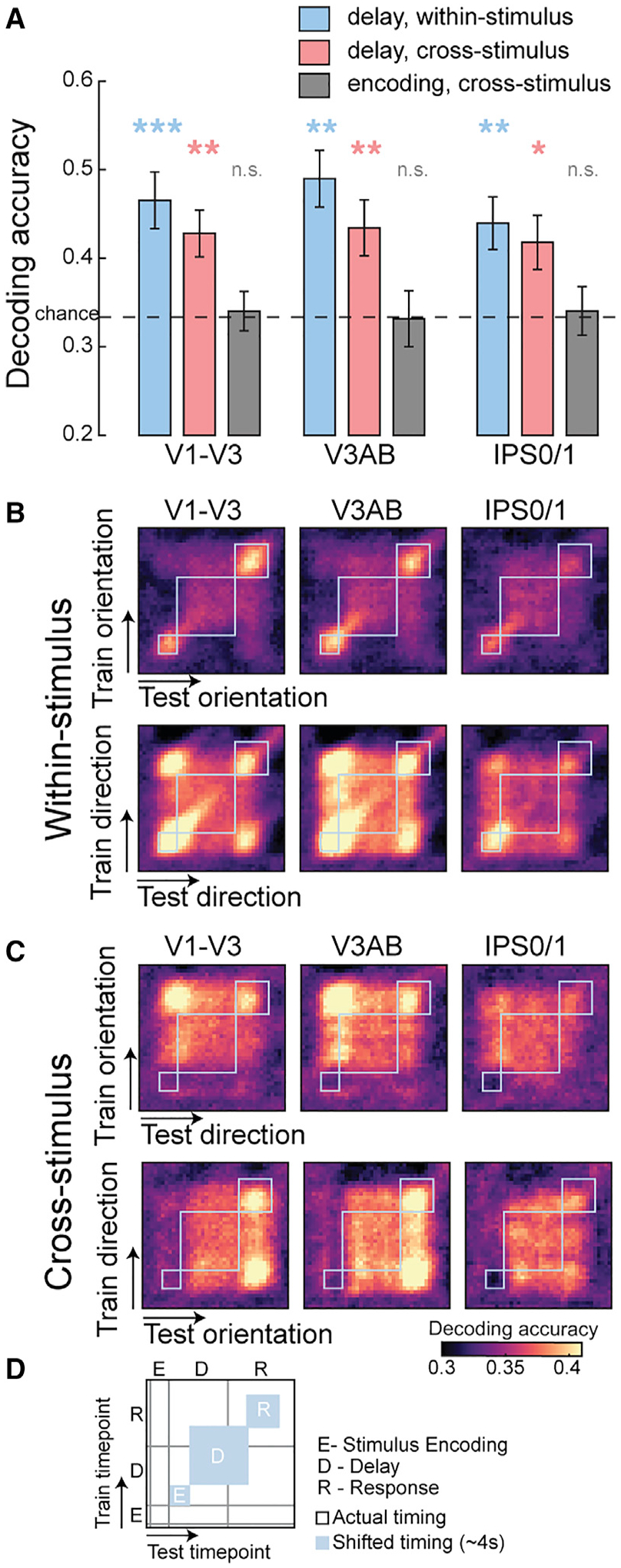Figure 2. Working memory representations for orientation and motion direction share a common format.

(A) Both remembered grating orientation and dot motion direction could be decoded from the pattern of neural activity during the memory delay (blue bars). We successfully decoded not only within but across stimulus types (e.g., training on orientation can decode motion direction; red bars), indicating that the shared patterns do not represent low-level perceptual details of each stimulus type. Moreover, no such cross-stimulus decoding existed during the stimulus encoding epoch (gray bars). *p < 0.05, **p < 0.01, ***p < 0.001, n.s. not significant, corrected (p values in Table S1). Error bars represent ±1 SEM.
(B and C) Temporal generalization matrix. To evaluate how representations evolve over the time course of a trial, we trained and tested on all possible combinations of time points. Abstract WM codes are stable throughout the delay period. See Figure S1 for other ROIs.
(D) Schematics of the matrix plots. Gray lines denote the actual timing of events, and blue boxes show each of these events shifted by ~4 s assuming hemodynamic lag.
